If you’re in the market for an excellent firearm, you won’t be disappointed by the Browning 1911. Browning is one of the most reputable gun manufacturers on the planet and their 1911s are some of the best. Brownings 1911 .380, for instance, is an excellent firearm that shoots smoothly and is extremely accurate.
However, like all guns, the 1911 .380 from Browning isn’t without its faults and there are a number of problems that can occur. This isn’t to say the 1911 isn’t a worthwhile purchase, but its good to be informed as to all of the possible issues you may encounter before purchasing a firearm.
Browning 1911 380 Problems
Let’s dive into a few of the most common problems that the Browning 1911 .380 runs into. We’ll also provide possible solutions if there are any. However, there are certain instances when you’re better off contacting the manufacturer and having them repair or replace your gun.
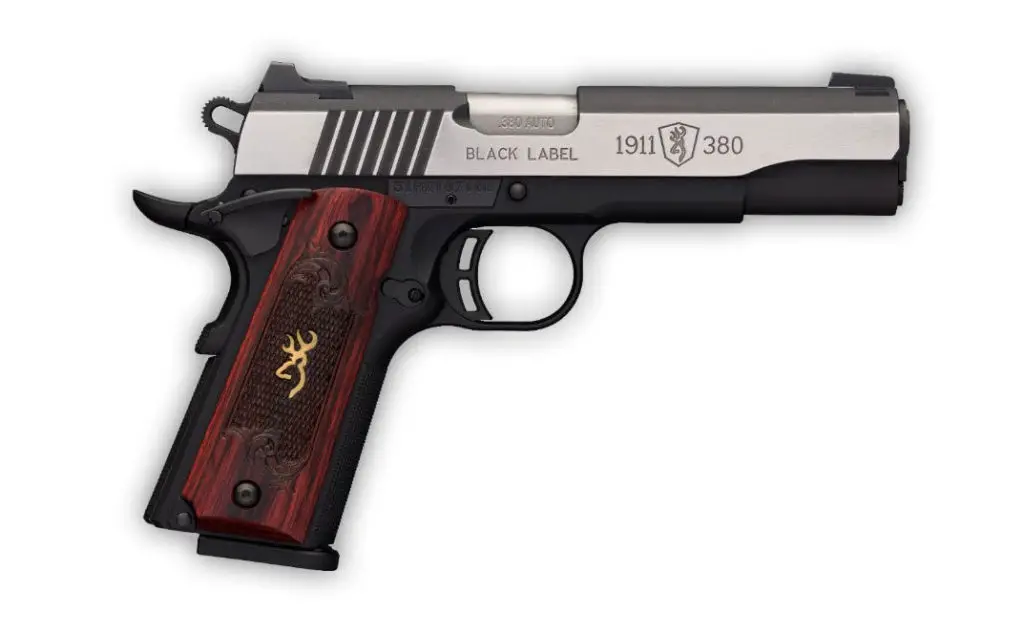
Misfires
The type of misfire we’re talking about is when you pull the trigger, the hammer falls, but the gun doesn’t fire. This is one of the more rare issues with this weapon, but still happens from time to time. Misfires in the Browning 1911 .380 are usually the result of a light firing pin or from faulty ammunition.
Solution
If the problem is faulty ammunition, remove the rounds that are in the clip and reload it with fresh rounds. If the problem persists, you likely have a light or dirty firing pin. You will need to clean the firing pin thoroughly and safely and try again. If the problem continues to persist, you likely have a defective firing pin and will need to replace it.
It should be noted that you should always treat a misfire as if it were a hanging fire. Hanging fire is when the hammer drops and the gun doesn’t fire for several seconds. Never assume that just because the gun doesn’t fire immediately that it won’t fire at all.
Successive Rounds not Loading
The Browning 1911 is a semi-automatic, which means that as you shoot, each successive round should follow the exiting round into the chamber. However, something that happens quite frequently with the 1911 .380 is that the reloading round will make it halfway into the chamber but not completely. This results in a jam and failure of your firearm.
Jams can occur because of a problem with the magazine, a problem with the gun, or because your hand is obstructing the slide from moving forward. No matter the reason, you’ll have to find a solution before you can continue shooting.
Solution
The solution for a jam is fairly simple. In some cases, you’re able to manually push the slide forward and force the bullet into its firing position. In other cases, however, you’ll have to remove the magazine and dismantle your weapon to properly repair the jam. If the problem persists and isn’t the cause of your hand getting in front of the slide as it’s sliding forward, you should contact the gun manufacturer and inform them of the problem. They will either send you a replacement or have the gun repaired.
Slide not Fully Returning
The slide not fully returning is often tied into the same jamming issue that’s listed above. It can result from the bullet not getting all the way into the chamber or it can be from getting your hand in the way of the slide. Where it differs, however, is that you could have a mechanical issue with the slide where it locks up, similar to when you fire the last round in your magazine.
Solution
For any persistent issues outside of accidentally obstructing the slide with your hand or fingers, you’ll likely have to get your gun professionaly repaired or replaced. You can optionally take everything apart and give it a good cleaning, but this type of mechanical issue is usually a manufacturing error.
Rounds Ejecting While Reloading Mag
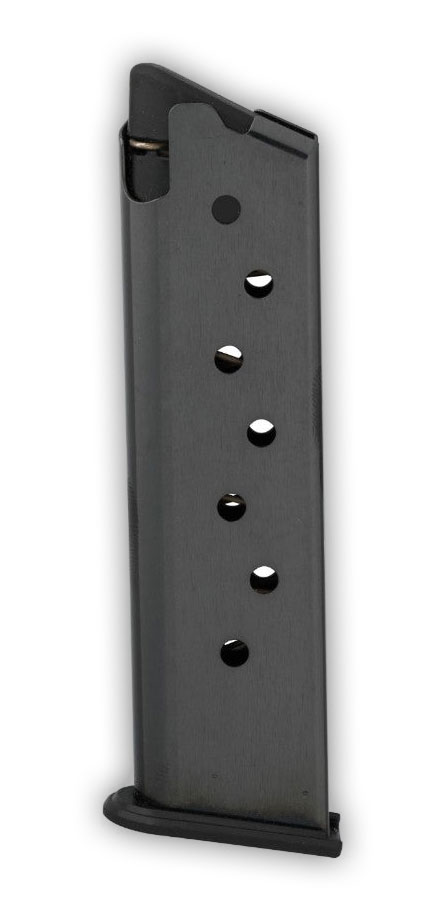
Each time you use up a magazine, the slide will pop open and you need to reload a fresh magazine to continue shooting. At times, the first round of the magazine will fly out the top of the open slide when you insert the magazine.
Solution
This problem can occur for several reasons, but it’s usually magazine related. The first thing you should do is try loading a different magazine and seeing if the problem persists. Another possible solution is that you’re using the wrong type of ammo. Some .380 bullets might be microscopically smaller than others, which is just enough to cause the first round to fly out the top of your magazine while reloading. If you try a new magazine and new ammunition and still experience problems, it’s time to contact Browning and have them replace your weapon.
Accidental Ejection of Live Rounds
One of the most common problems with the Browning 1911 .380 is that the 7th bullet tends to eject out the top of the gun after you fire the sixth bullet. When things are working properly, the 7th round should pop into the chamber after you fire bullet number 6 and function just as the previous rounds did. However, for whatever reason, the 1911 .380 has a big problem with ejecting live rounds and it’s nearly always the last one.
Solution
In most cases, live ejections are the result of a defective weapon. You can try using a different mag or larger bullets, but you’ll likely have to replace your weapon with a new one. The nice thing about this problem is that it’s become so common that Browning will readily replace your gun with a new one.
Our Analysis
So what’s the deal with the Browning 1911 .380? How can such a reputable company with a sterling reputation produce a weapon that has so many problems? Many of these issues happen repeatedly, even for experienced gun owners.
However, it’s important to remember that each of these Browning problems also happens with other guns and manufacturers. Despite all of its flaws, the Browning 1911 .380 is still regarded as a quality weapon that is capable of performing better than many of Browning’s other products.
Wrap Up
You’re probably wondering if it’s worth purchasing a Browning 1911 .380 or if it’s going to be a money pit of repairs. The good news is that for everyone who experiences problems with their gun, there are many more who never do.
Like all gun manufacturers, Browning isn’t immune to defects in their products and they produce duds from time to time. However, the odds are that you’ll never run into any of these issues and that your gun will enjoy a long and problem-free life.
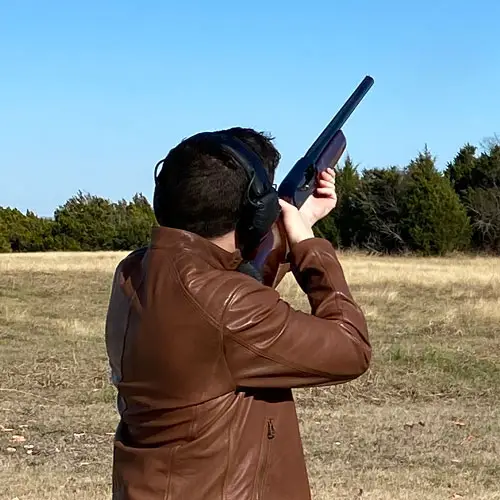
Joseph has been hunting for most of his life. Some of his best memories were growing up sitting in a treestand or a blind and waiting for a monster buck to come along. His main focus has been deer hunting, typically with my trusty 20 gauge shotgun.

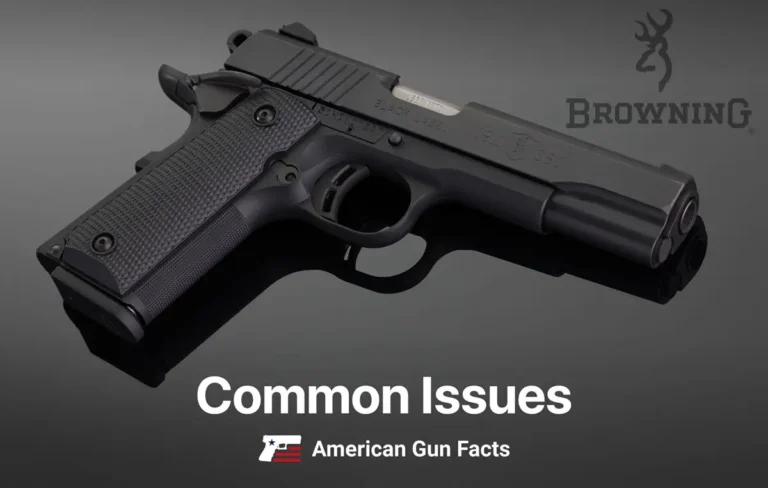
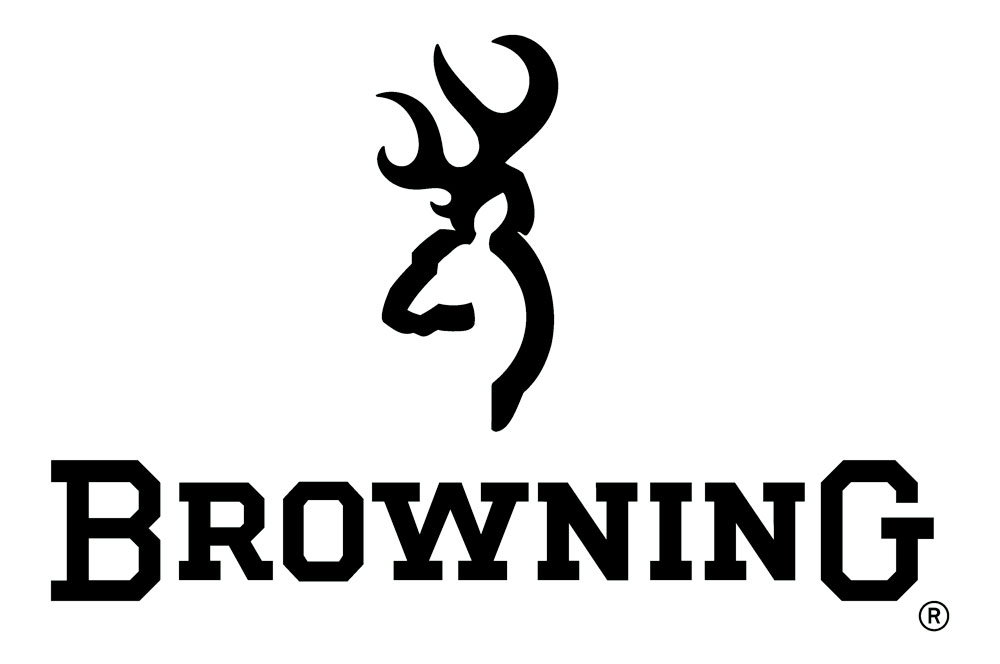
another issue is the very small machine screw that holds the ejector into the frame striped out or the threads in the frame striped. had to have it edm’d at gunsmith welded drilled and re-threaded.